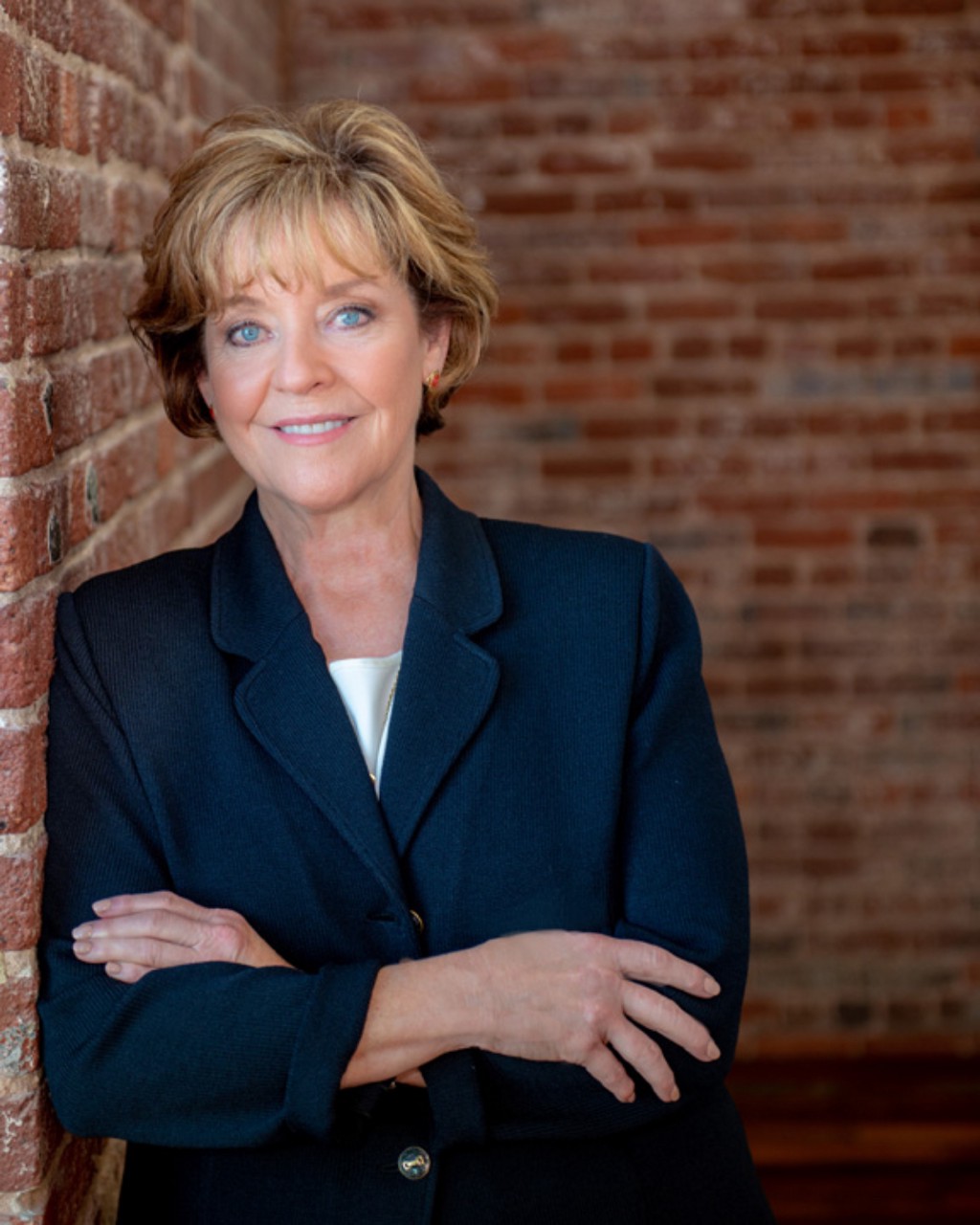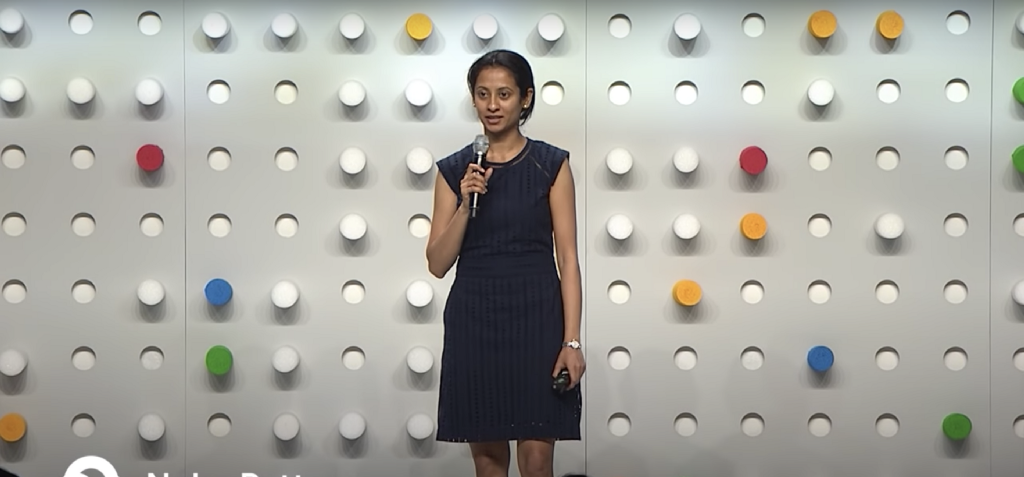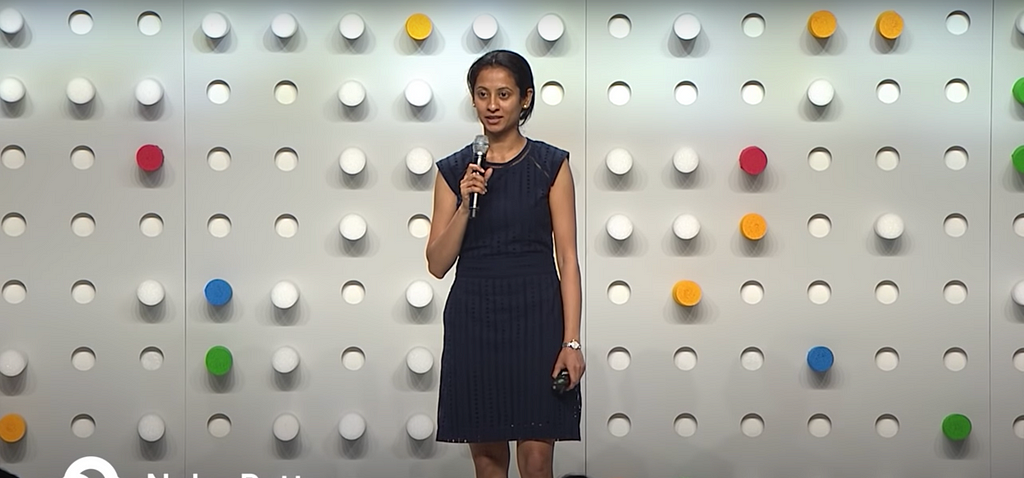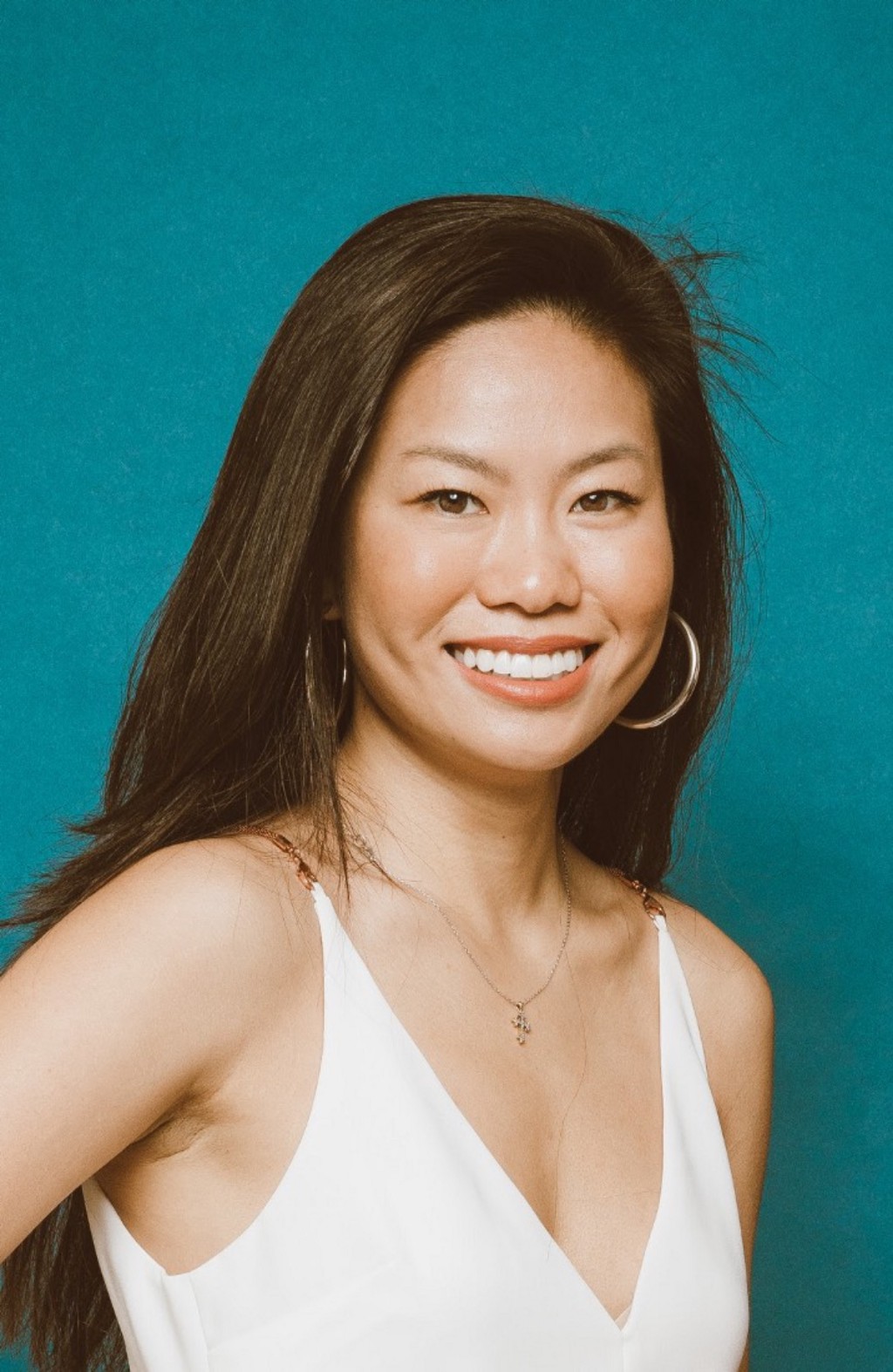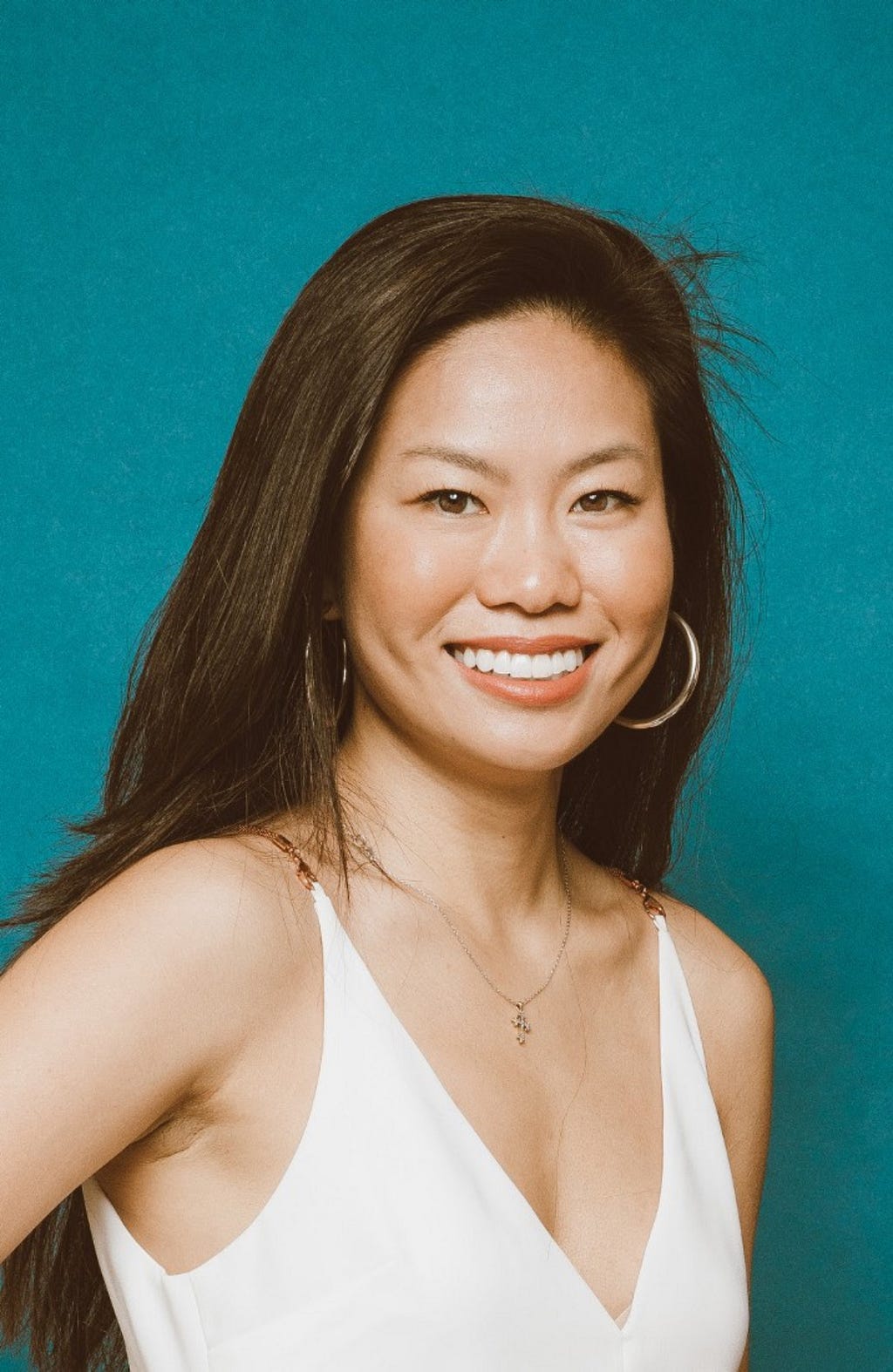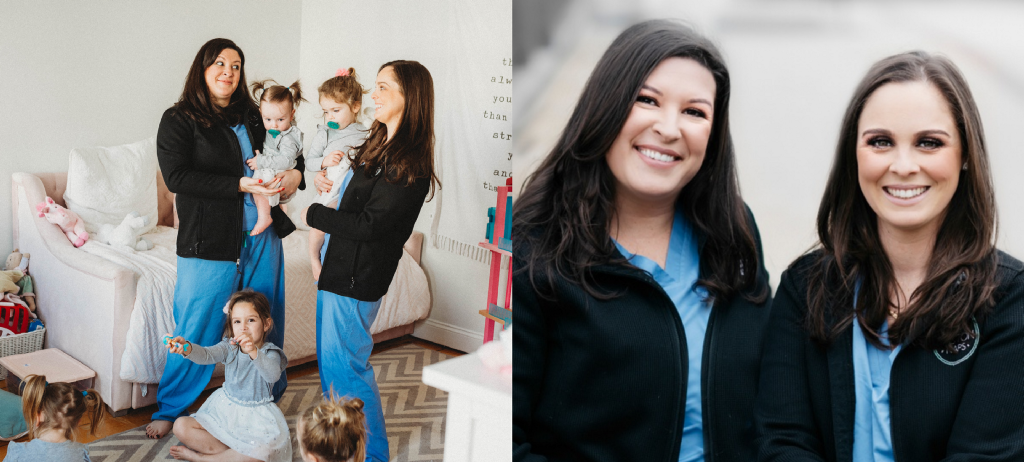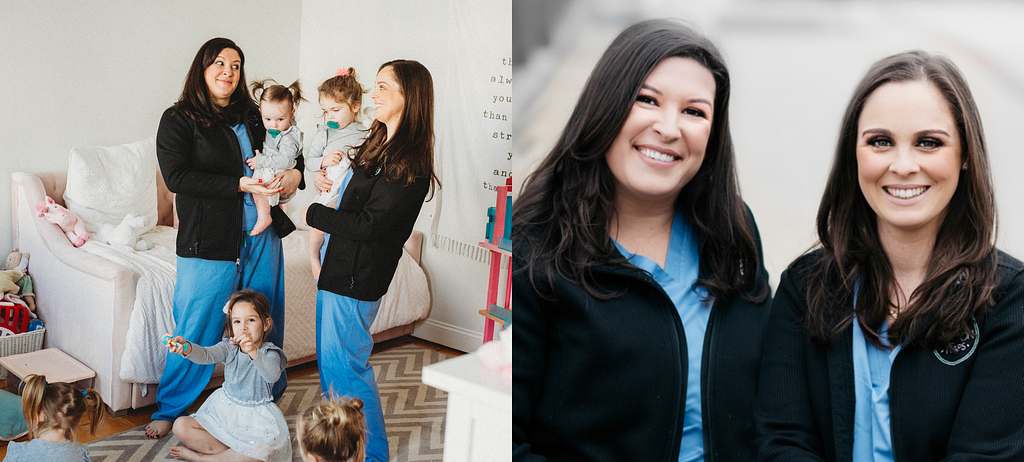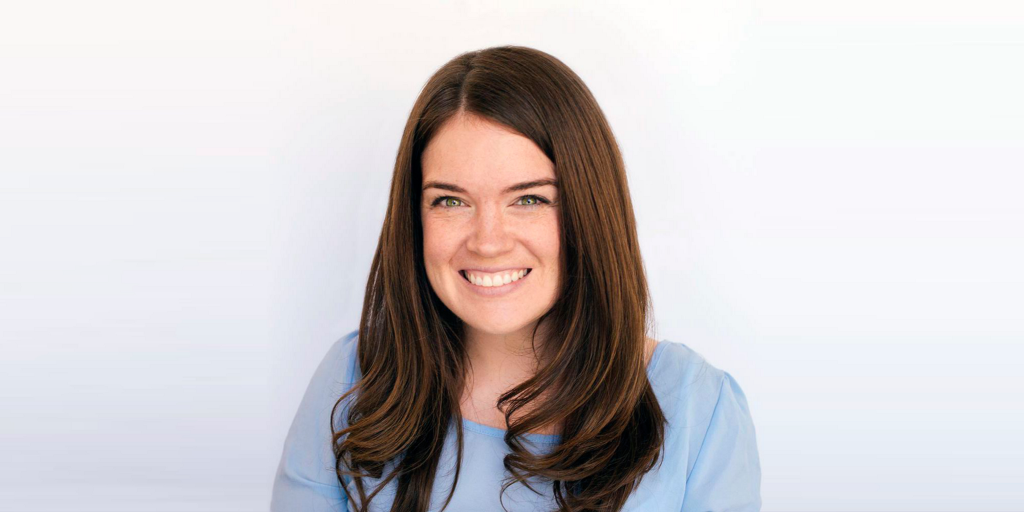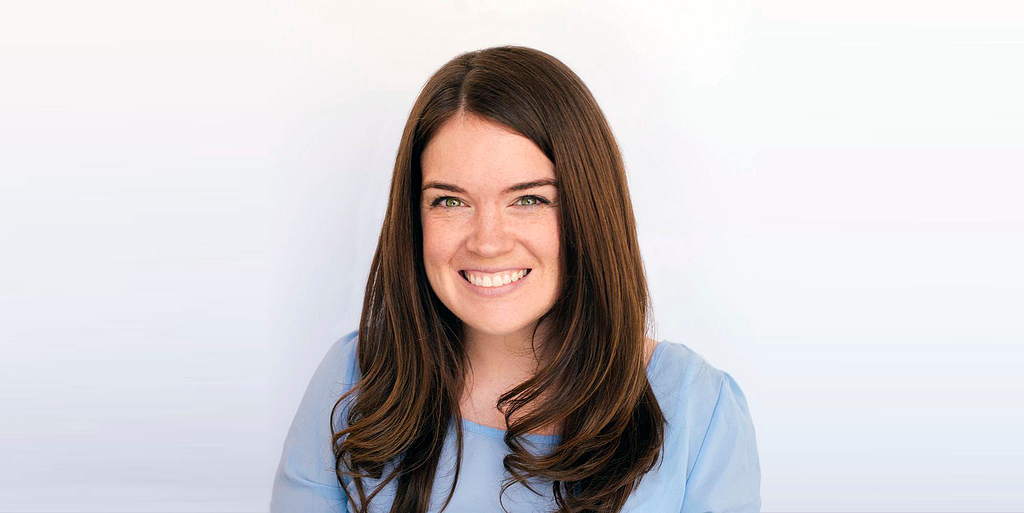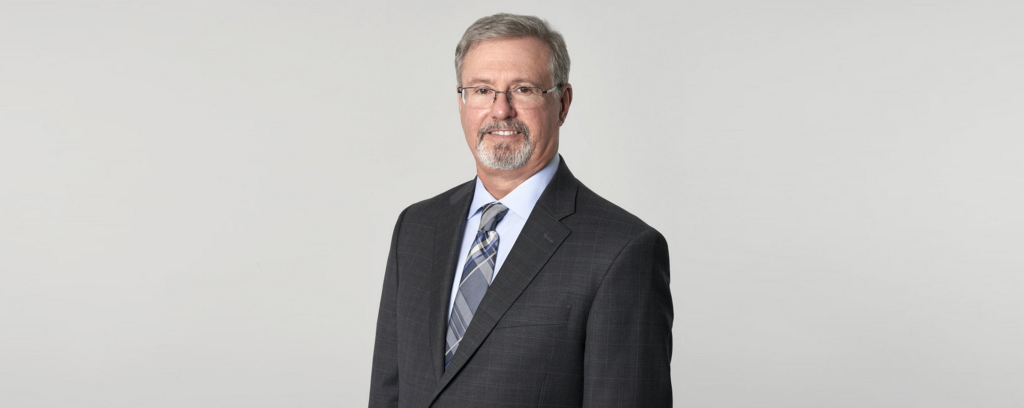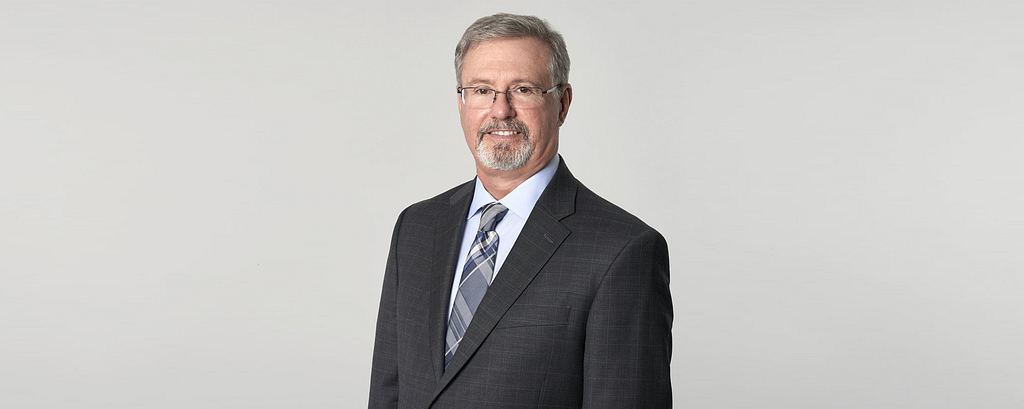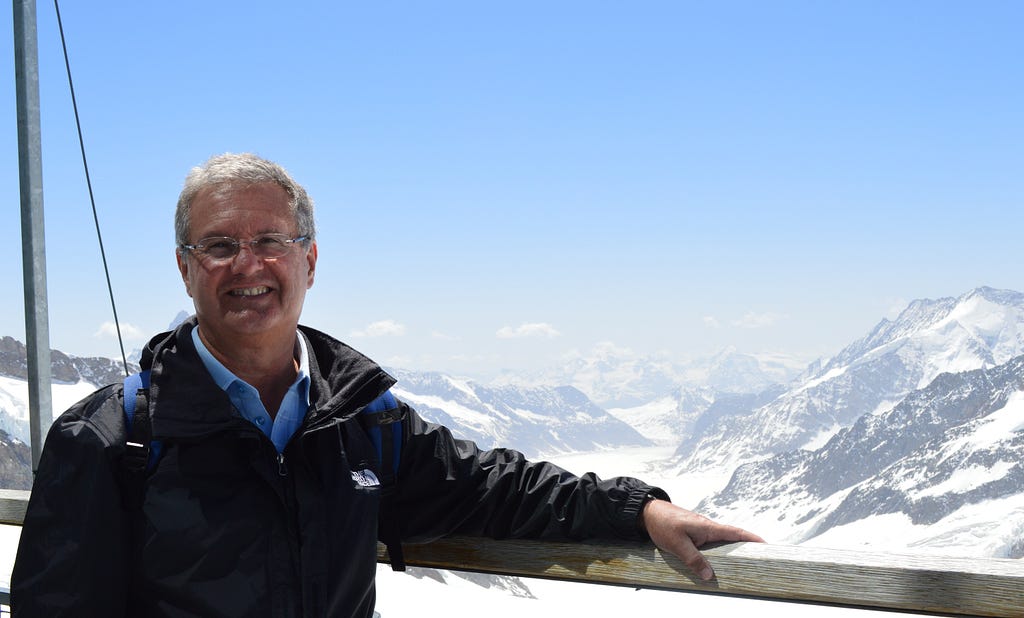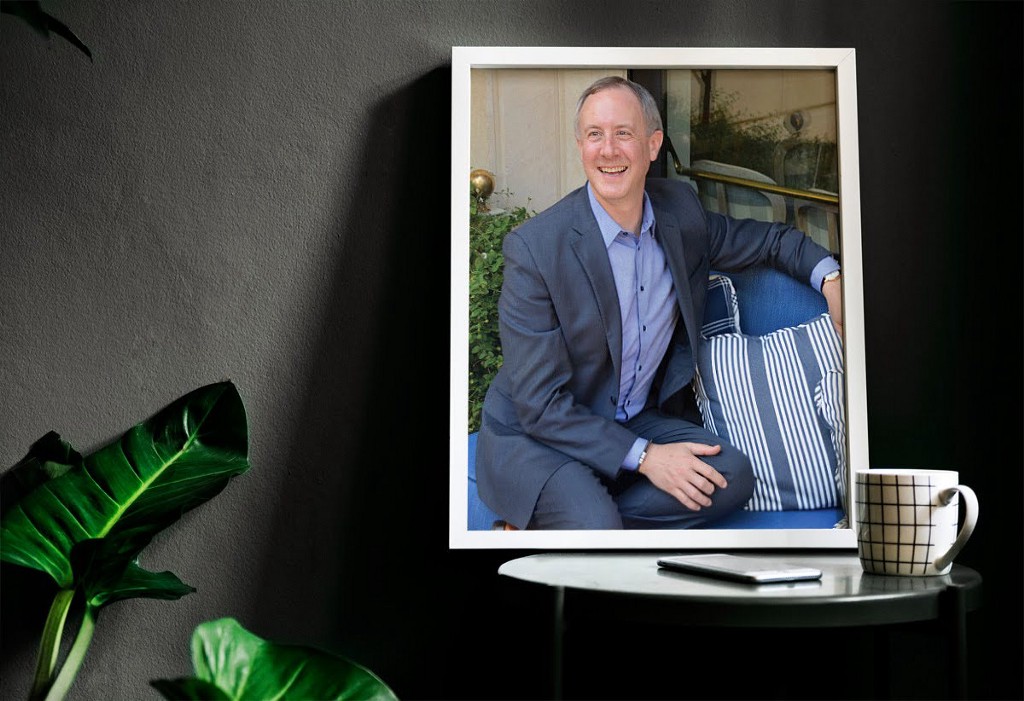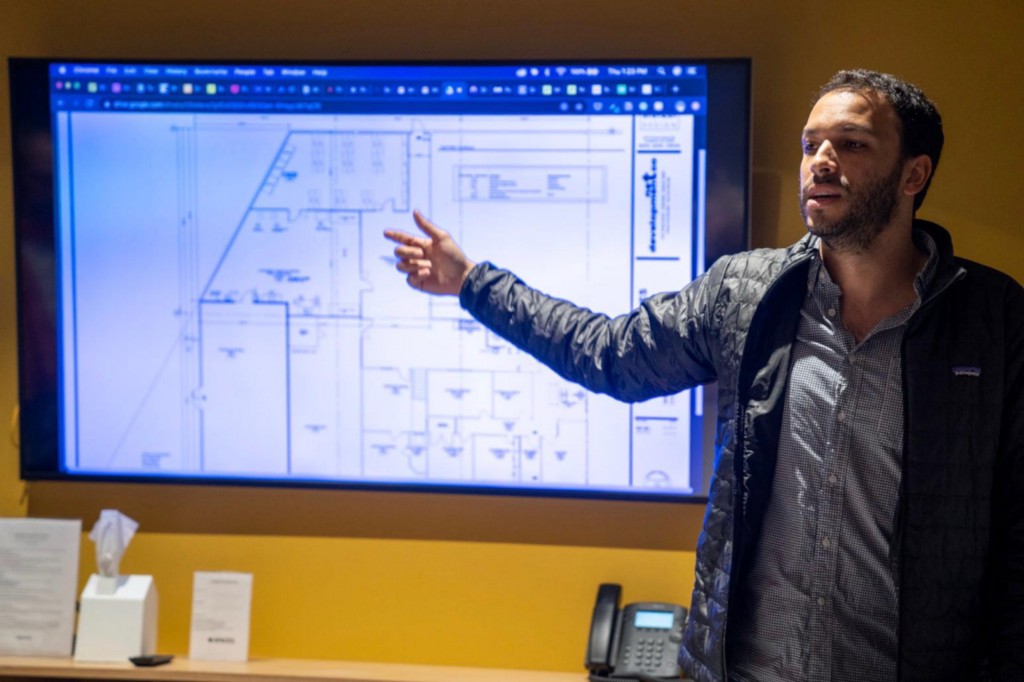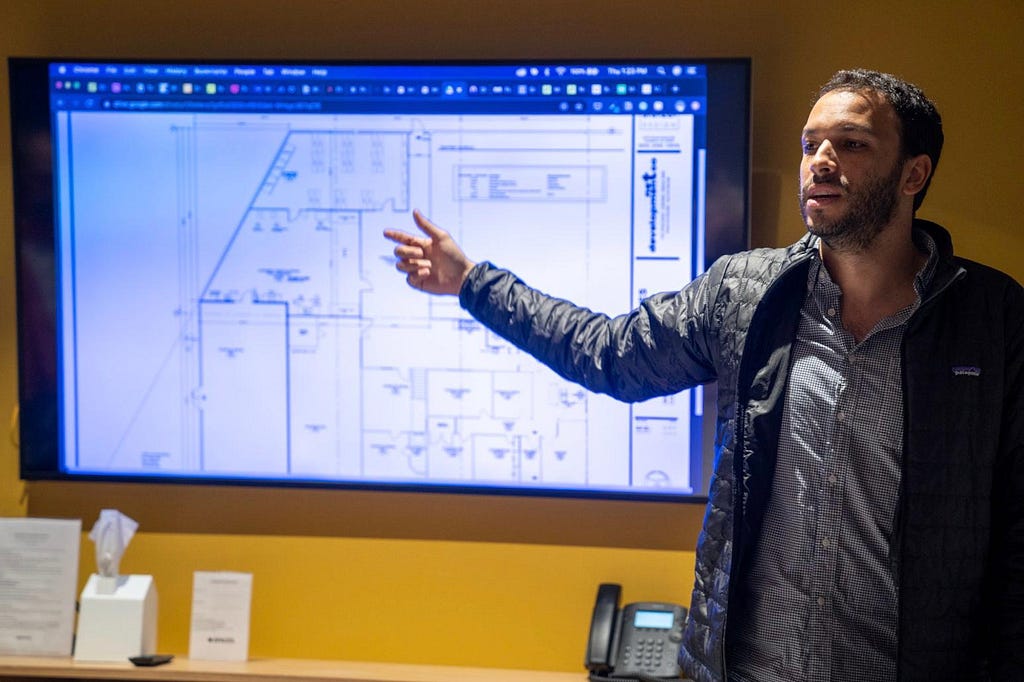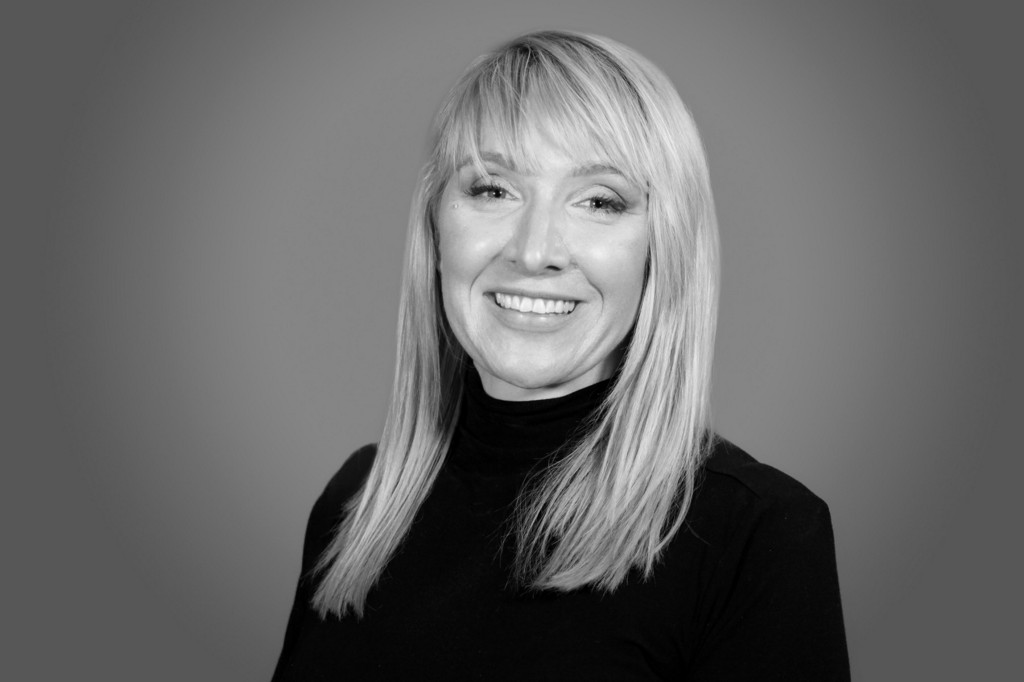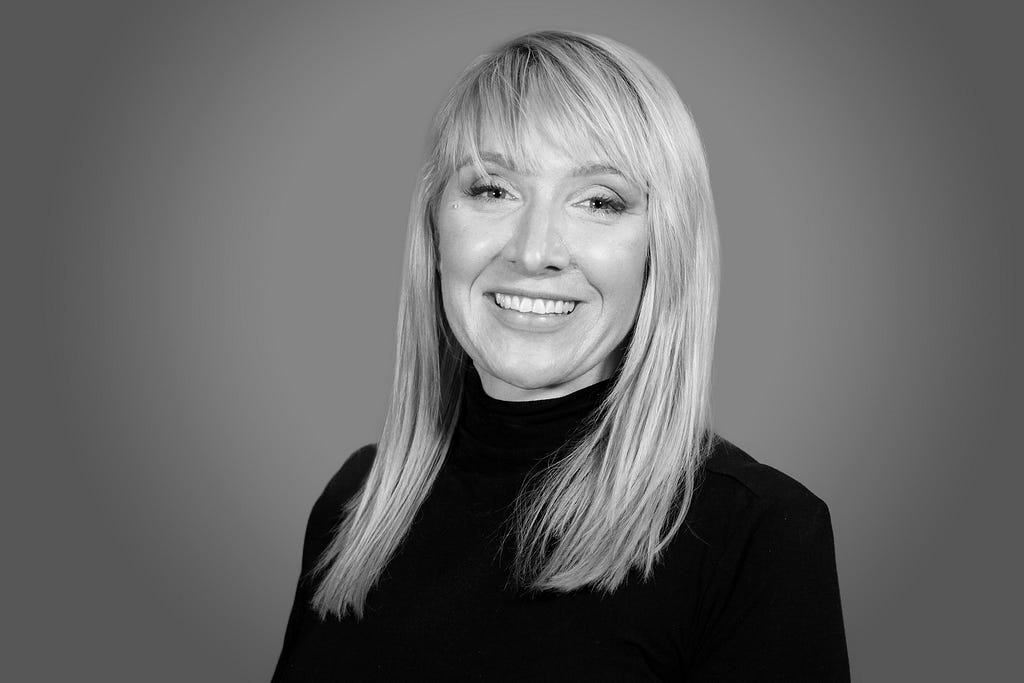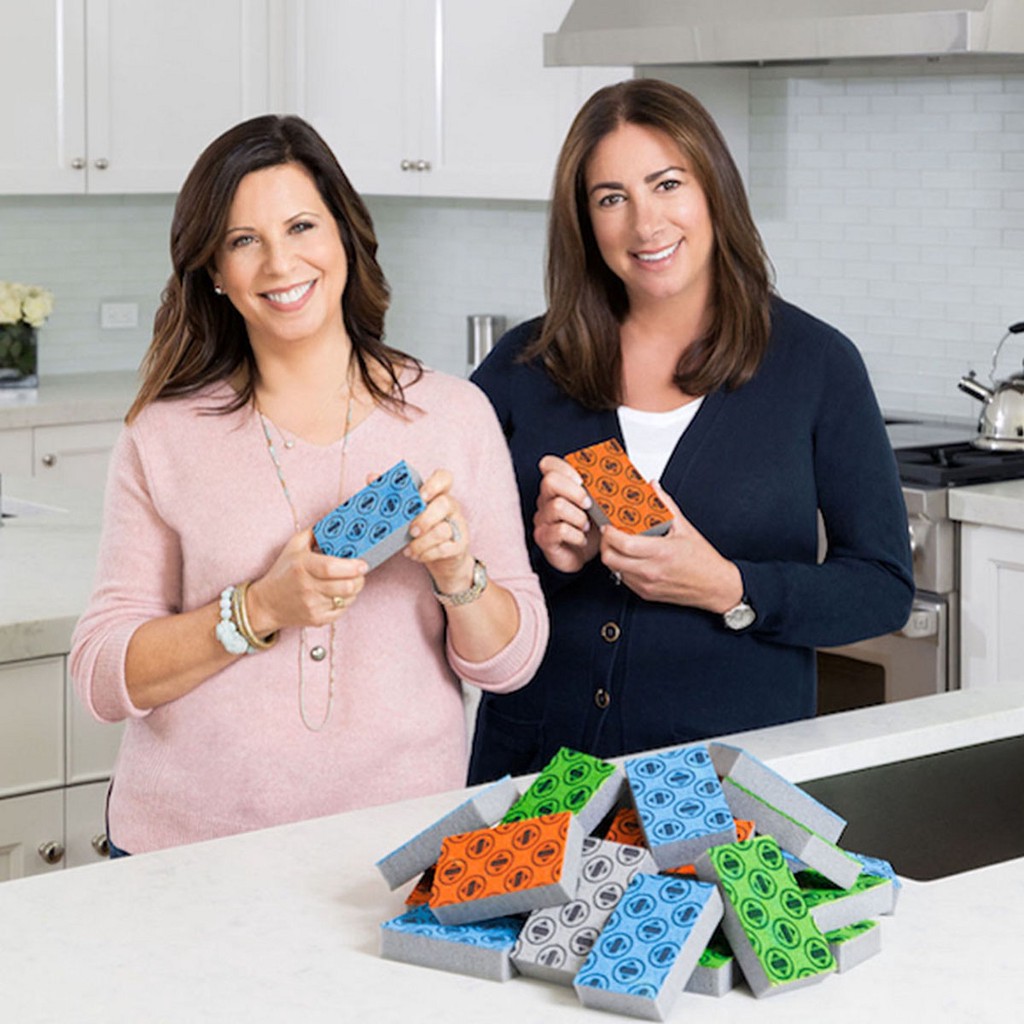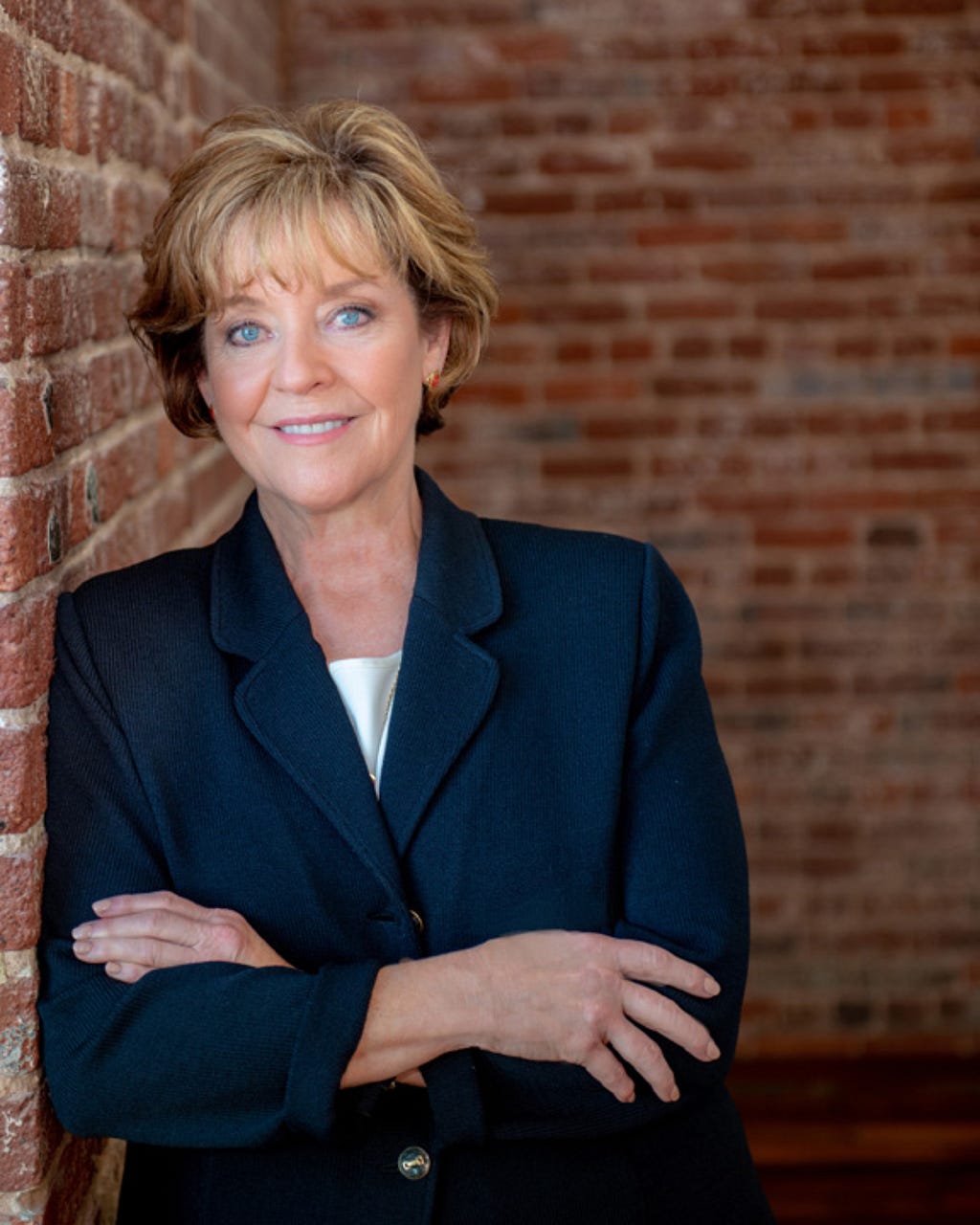
When it comes to building a strong team, organizational fit is as important as expertise and talent. At Afaxys, our mission is central to everything we do, and we’ve found that a shared commitment to serving our customers is paramount to driving our organization forward.
Hire a kick-ass team — because you can’t accomplish it all on your own. We’re always on the lookout for top talent with a passion for public and community health. If that’s you or someone you know, get in touch!
As a part of our series about strong women leaders, I had the pleasure of interviewing Ronda Dean.
Ronda Dean is the President, CEO and Co-Founder of Afaxys, a first-of-its-kind company committed to making access to sexual and reproductive healthcare affordable for all providers and patients. Ronda and her team at Afaxys are passionate about their mission to serve the needs of public and community healthcare providers so they can focus on the health and well-being of their patients. Under Ms. Dean’s leadership, Afaxys has profitably launched 10 oral and two emergency contraceptives to become the top provider of oral contraceptives to U.S. public and community health centers.
Thank you so much for doing this with us! Before we dig in, our readers would like to get to know you a bit more. Can you tell us a bit about your “backstory”? What led you to this particular career path?
Every year, more than 31 million Americans rely on public and community health centers to get essential care. In college I was one of those patients myself. I saw firsthand how necessary health centers like Planned Parenthood are to provide affordable access to reproductive healthcare. I was passionate about learning more about the healthcare system, and I have spent my entire career working in various facets of the healthcare system. First, in infectious diseases as a clinical microbiologist, and then I spent the next 25+ years of my career working in the pharmaceutical industry across a number of therapeutic areas, with the majority of my focus in women’s health. When the opportunity came along to join Planned Parenthood, I jumped at the chance to focus on expanding community health access. I began to see up close how in today’s changing and uncertain healthcare environment, many public and community health providers struggle to serve their patients because they can’t reliably access the cost-effective products they need. A patient might have to change the contraceptive product they’ve chosen because the supplier raised the price or because supply was unpredictable. That’s why I started Afaxys. Our name intersects “affordable” and “access,” and our mission is just that — to provide a stable, affordable supply of products and services that providers need for their patients.
Can you share the most interesting story that happened to you since you began leading your company?
As I was starting Afaxys, I spent a ton of time doing extensive research to establish our business model. In doing so, I traveled across the country to meet with dozens of community health providers and learn more about their needs. Sitting in their waiting rooms, I heard hundreds of stories from men and women who relied solely on these health centers to get vital care. It brought home to me that without these providers — many of whom depend on politically vulnerable government funding, grants and donations to keep their doors open — millions of people across the U.S. would have nowhere else to turn for their healthcare. Listening to these stories and meeting the real people who rely on public and community health centers solidified the importance of these providers in my mind and reinforced my commitment to supporting their mission.
Can you share a story about the funniest mistake you made when you were first starting? Can you tell us what lesson you learned from that?
Before becoming CEO of Afaxys, I had never worked with a board of directors. I went to my first board meeting and treated it like I would my other executive staff meetings. I took the lead and immediately started assigning roles and responsibilities. The board quickly put me in my place! Ultimately, I learned the importance of boards for good governance and sound decision making — even CEOs have bosses.
None of us are able to achieve success without some help along the way. Is there a particular person who you are grateful towards who helped get you to where you are? Can you share a story about that?
On a personal level, I would say Justice Harry Blackmun, the author of the Roe v. Wade decision. I was fortunate enough to meet him, and he taught me a lot about respect for others. I asked him once what inspired him to write the case and form his perspective on women’s health. He cited privacy as being the primary driver of his position on the issue and believed that women should be treated and respected just like men in a reproductive healthcare setting. This was a perspective I have kept with me throughout my career.
On a professional level, early in my career I worked for a CEO who was extremely demanding, almost to the point of being unreasonable. Upon becoming a CEO, I look back on his approach and now appreciate that the CEO is the last line of defense in making big, high-risk decisions. He was passionate about the business and did not want to see it fail. And it didn’t. While I didn’t always agree with how he conducted himself, he set the bar high for me. I learned from him that a leader must hold herself and her teams to a high standard and must never ask of others what she wouldn’t do herself.
In my work, I often talk about how to release and relieve stress. As a busy leader, what do you do to prepare your mind and body before a stressful or high stakes meeting, talk, or decision? Can you share a story or some examples?
Ultimately, I find our mission is what centers me in my work. It keeps my focus on healthcare providers and the patients they care for, and it clarifies my priorities and allows me to concentrate my efforts on the things that are going to have the biggest impact on the community.
When it’s time to unwind and cope with stress, I like to enjoy a good glass of wine! I also laugh a lot with family and friends and appreciate all the quality time spent with them. I’m an avid cyclist, so when I’m working through a tough issue, I like to cycle for miles and miles to help me think. Let’s just say that I have put a lot of miles on my bike over the past few years!
As you know, the United States is currently facing a very important self-reckoning about race, diversity, equality and inclusion. This may be obvious to you, but it will be helpful to spell this out. Can you articulate to our readers a few reasons why it is so important for a business or organization to have a diverse executive team?
At Afaxys, we are about equal access for everybody, be it in a health center or the workplace. Diversity takes many forms — gender, race, religion, sexual orientation — and ultimately a diverse team with different perspectives is going to create a stronger, more innovative company. Public and community health centers serve everyone who walks through their doors, and that’s a value that we have taken to heart at Afaxys. In fact, our company values were crafted by a cross-functional, diverse team of employees for that reason. It was essential for us to bring in different backgrounds and perspectives to shape a corporate culture that works for our entire team.
As a business leader, can you please share a few steps we must take to truly create an inclusive, representative, and equitable society? Kindly share a story or example for each.
When I started in the pharma industry 25 years ago, there were very few other women. I was the first woman to be promoted to an executive position at the company where I worked, and I too often had the experience of being talked over or ignored. Diversity must be about more than a seat at the table. It also must be about listening to and valuing the contributions of all members of our teams and communities. That’s the first step.
I have also experienced firsthand that representation in positions of power matters. When I took on that executive position, so many other women at the company reached out to share how excited they were. There were a few other women executives in HR and operations, but I was the first woman with P&L responsibilities — and this was a big step forward. Because of this, I didn’t have any female mentors. Even today, while the top ranks of companies and government are becoming more diverse, they are still overwhelmingly white and male. I’m truly touched when other businesswomen tell me that my leadership has inspired them, and I think it’s critical that we as a society prioritize fostering leaders who reflect the communities they lead.
Lastly, I am fortunate to sit on the board of the Coastal Community Foundation, an organization that fights to create an equitable and inclusive working environment in our community each day. A few months ago, I attended a two-day training session on implicit bias and racial equity. In speaking with Black colleagues during the session, I learned the importance of using my privilege as a white woman and a CEO to voice the concerns of individuals and groups facing racism, discrimination or injustice. We all must take individual accountability to drive social change. I think all leaders should attend bias trainings and racial equity programs to rethink how they see the world.
Ok, thank you for that. Let’s now jump to the primary focus of our interview. Most of our readers — in fact, most people — think they have a pretty good idea of what a CEO or executive does. But in just a few words can you explain what an executive does that is different from the responsibilities of the other leaders?
A CEO acts as a strategic checkpoint for the business plan overall to make sure the organization is aligning current actions with long-term goals and vision. While all leaders must be experts in their subject and inspire their teams to excellent execution, the CEO must go beyond current plans and anticipate what’s coming years in advance. In public and community health, we must be attuned not just to what our providers and their patients need today, but also how changes in the political landscape could affect how healthcare will be delivered and paid for. Thinking long-term ensures that we’re able to provide access to the products and services that providers and their patients need when they need them, now and in the future.
What are the “myths” that you would like to dispel about being a CEO or executive. Can you explain what you mean?
A good CEO doesn’t have all the answers, and she needs to be comfortable with that fact. She needs to trust and rely on her functional executives to be experts in their respective specialty areas and to drive results.
In your opinion, what are the biggest challenges faced by women executives that aren’t typically faced by their male counterparts?
Women are still highly underrepresented in leadership positions in our society. Despite making up 51% of our total population, only 7% of Fortune 500 companies are run by female CEOs. Women hold fewer than 25% of Congressional seats, and there still have been zero women presidents or vice presidents in the United States. Thankfully, in 2020, we have small pockets of diversity, but there’s still a long way to go. Earlier in my career in pharma, I was told I was being trained to eventually rise to the most senior level in the pharma industry, but who knows if that would have happened. More than likely, I would have been like many other women who hit a glass ceiling. I hope that someday soon women don’t have to start their own company to become a CEO.
What is the most striking difference between your actual job and how you thought the job would be?
It’s so much fun! At this point in my career I expected to be retired, but I’m still here because I wholeheartedly love my work and my team and look forward to every Monday as if it were my first.
Certainly, not everyone is cut out to be an executive. In your opinion, which specific traits increase the likelihood that a person will be a successful executive and what type of person should avoid aspiring to be an executive? Can you explain what you mean?
CEOs must digest, analyze, simplify and disseminate massive amounts of information very quickly. A CEO must be able to think critically and apply strategic concepts to business operations. CEOs also must swiftly move from one thing to another and focus on a lot of different things at the same time while maintaining focus on the “north star” — in our case, our mission to serve public and community health.
What advice would you give to other women leaders to help their team to thrive?
Lean into your strengths and not the stereotypes of what you think a leader should be. Many traits that haven’t traditionally been shown as leadership traits have tremendous value in business. For example, if you’re a good listener, use those skills to hear what is — and isn’t — said to make the best decisions. If you have a strong gut instinct, trust your intuition. If you are a nurturer, embrace those skills to take care of your teams and your employees. Women are often better at asking for help than men. Use that to your advantage and leverage your team’s expertise to solve the challenges you’re facing.
How have you used your success to make the world a better place?
Our community and public health customers make the world a better place every day by delivering care to those who need it most, and we are focused on doing our part to make their jobs easier. We believe access to sexual and reproductive healthcare should be a right, not a privilege. That’s why we’ve launched 10 oral and two emergency contraceptive products to ensure stable, affordable supply for patients. In fact, we’ve become the #1 provider of oral contraceptives to public and community health centers in the United States. We have also saved our customers millions of dollars on supply purchases through our group purchasing organization. I’m also excited for our next chapter — launching research and development for our own products for the first time to ensure all patients have access to a full range of contraceptive options.
What are your “5 Things I Wish Someone Told Me Before I Started” and why? (Please share a story or example for each.)
- Building a company is a marathon, not a sprint. Afaxys is celebrating its twelfth year in business, and we’re just getting started! It’s critical to plan your business — and your energy — for the long term.
- Ignore the “gnat” issues and focus. There will always be distractions, but leaders must be able to determine which opportunities will have the greatest impact and focus on those.
- There is no reason to be intimidated by prospective investors. Afaxys benefited from a grant from the Packard Foundation to get our start, which we were able to fully repay. As we look to expand our business further, I’m reminded that investors are just people like anyone else, and when you find like-minded investors, they become your partners in success.
- When it comes to building a strong team, organizational fit is as important as expertise and talent. At Afaxys, our mission is central to everything we do, and we’ve found that a shared commitment to serving our customers is paramount to driving our organization forward.
- Hire a kick-ass team — because you can’t accomplish it all on your own. We’re always on the lookout for top talent with a passion for public and community health. If that’s you or someone you know, get in touch!
You are a person of great influence. If you could inspire a movement that would bring the most amount of good for the greatest number of people, what would that be? You never know what your idea can trigger.
From the frontlines of public and community health, we see too often that a person’s background and economic resources dictate their ability to stay healthy. We must do more to correct racial and socioeconomic injustices in healthcare access.
Can you please give us your favorite “Life Lesson Quote”? Can you share how that was relevant to you in your life?
I try to live by Eleanor Roosevelt’s quote, “no one can make you feel inferior without your consent.” From my first sales position to most of the promotions that came after, I was usually the first woman “in the room.” Most of the men that I worked with were great — peers who became my friends and bosses who became my mentors. But there were also some male colleagues who resented my presence and tried to minimize my effectiveness or diminish my confidence. Ultimately those who were my friends and mentors — and this quote from Eleanor Roosevelt — inspired me to spend my career working to empower women to have more agency over their healthcare and their lives.
We are very blessed that some very prominent names in Business, VC funding, Sports, and Entertainment read this column. Is there a person in the world, or in the US with whom you would love to have a private breakfast or lunch with, and why? He or she might just see this if we tag them
I would have loved to meet and work out with the late Justice Ruth Bader Ginsburg. American women owe her so much, such as the ability to buy a house or get a credit card without a man, or even the right to work while pregnant. She has been an inspiration to me both as a formidable, compassionate leader and as a tireless warrior for women’s rights.
Thank you for these fantastic insights. We greatly appreciate the time you spent on this.
Ronda Dean of Afaxys: “Why organizational fit is as important as expertise and talent” was originally published in Authority Magazine on Medium, where people are continuing the conversation by highlighting and responding to this story.


